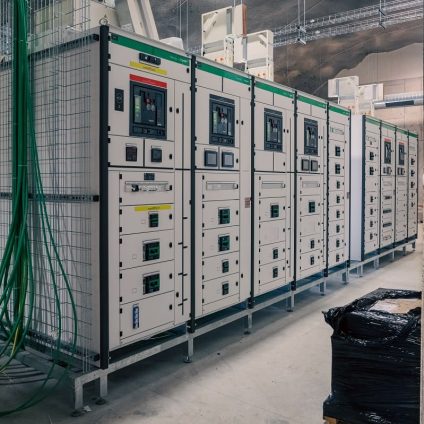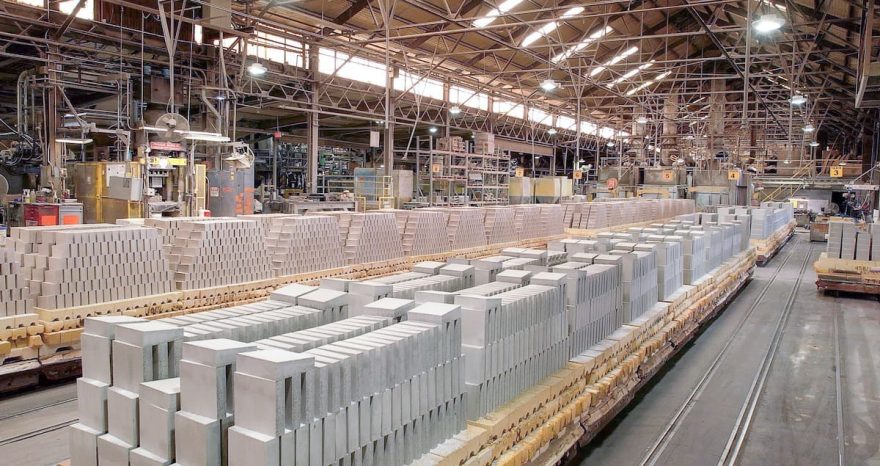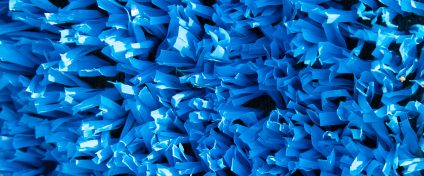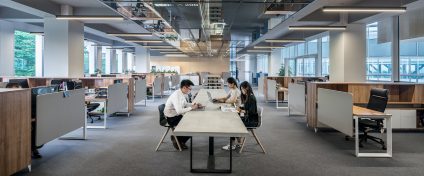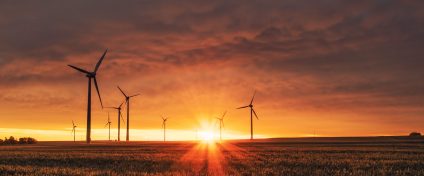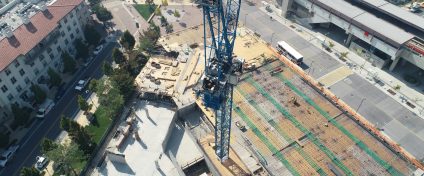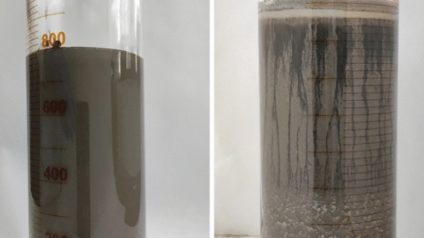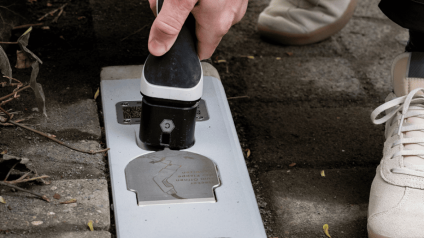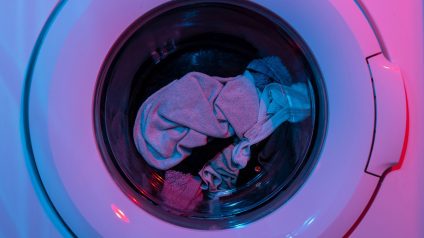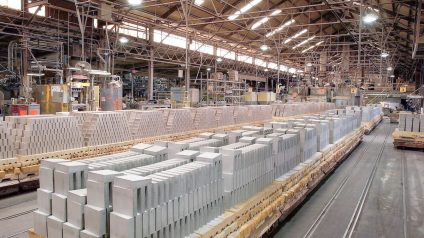In Trentino, Italy, an active dolomite mine hosts Europe’s first underground data center, combining food logistics and digital innovation with low energy use.
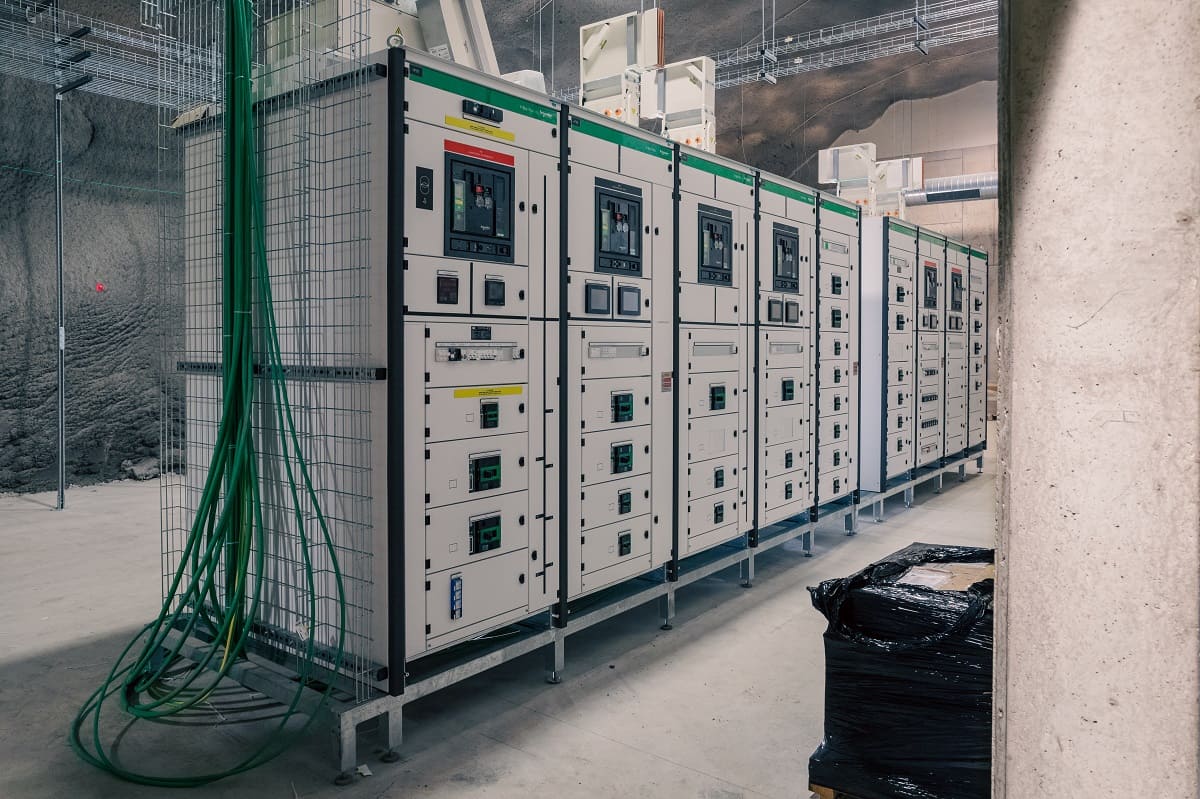
TERA, the underground ecosystem combining a data center and food storage
A mine in the Trentino mountains. Inside, a blend of technology and sustainability in an underground world designed with environmental responsibility. It is called TERA, a one-of-a-kind ecosystem that hosts Intacture, Europe’s first data center built inside an active mine used for food storage. The ambitious project was developed by Tassullo, a Trentino-based company that extracts ultra-pure dolomite rock from the mountain daily to produce construction materials.
A one-of-a-kind ecosystem
Inside a mountain in northern Italy, at a constant 12°C and with no water infiltration, lies a unique ecosystem named TERA.
For companies that have already adopted the TERA model, the advantages are considerable:
- lower energy costs
- no need for above-ground land for warehouses or storage
- reduced environmental impact due to the absence of traditional refrigeration waste
- enhanced security
Business collaboration in the underground
Multiple companies have chosen TERA for storage, including a winery storing 2.5 million bottles, 40,000 tons of apples, and 1,200 wheels of cheese. But the most technologically advanced project is Intacture, the first European civilian data center located in an operating mine.
“This model proves that unused underground spaces can become new hubs for public-private collaboration, research, and regional development, attracting investments that are even eligible for national recovery funding,” said Adolfo Urso, Italy’s Minister for Enterprises and Made in Italy, during a recent visit to TERA.
A digital marvel beneath the surface
More than 100 meters underground, Intacture is being developed by Trentino DataMine, nestled inside 90 million cubic meters of dolomite rock. The project received €18.5 million in co-financing from the National Recovery and Resilience Plan (PNRR), out of a total investment exceeding €50 million.
Excavation took eight months and involved moving about 63,000 tons of rock, roughly the volume of 20 Olympic swimming pools. The extracted dolomite will be reused by Tassullo to produce eco-friendly building materials, reinforcing a circular economy model. Roughly 80% of the data center’s total area is located below ground, making it an engineering feat rarely seen in the digital infrastructure world.
Low energy, high security
“Intacture represents a new frontier for Italy’s digital infrastructure: not a remote site, but a proximity-based technological hub, intelligently integrated into the industrial and environmental fabric,” said Dennis Bonn, executive board member at Trentino DataMine.
Data stored at Intacture will benefit from a naturally stable underground environment, offering protection from physical threats, electromagnetic shielding, and maximum seismic and hydrological safety. Thanks to the constant mountain temperature of 12°C, cooling needs are dramatically reduced. Without using water, the facility relies on passive cooling, significantly lowering its energy footprint, an essential gain for sustainable data center operations.


